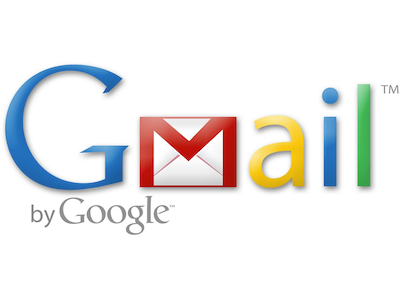Google Tests Secure Login with QR Codes
Google already offers users several options to help ensure the security of their Gmail account. However, never one to rest on its laurels, the company is testing out another secure log-in option that uses QR codes.

Similar to the two-step verification process that requires your password and a unique code sent to your smartphone, the QR code login requires the use of your smartphone as part of the process. First, users are required to visit https://accounts.google.com/sesame. Upon arrival, you'll be presented with a QR Code. The next step is to scan this code with a QR code reader, such as Google Goggles. Once you do that, your phone will display a special URL. Click this URL on your phone, and you'll be brought to a mobile Google sign-in page. Once you've logged in via your phone, the browser of the computer you're sitting at will automatically redirect to Gmail. Pretty neat, huh?
This is probably most useful for people who find themselves using public computers a lot. However, don't get too excited -- the feature has already been pulled by Google. As soon as knowledge of it began to spread, Google's Dirk Balfanz updated his Google+ to clarify that this was purely experimental and wouldn't last long.
"Looks like people have found the page for an experiment we've been running for phone-based authentication," he said. "Folks - it's just that - an experiment - and will likely go away at some point. We always work on improving authentication, and try out different things every now and then.
"We're working on something that I believe is even better, and when that's ready for a public trial we'll let you know. I'll label that experimental page appropriately when I get a chance so people don't start depending on an unsupported feature..."
Sadly, the feature has been completely removed, not just relabeled. Accounts.google.com/sesame now displays the following message:
Hi there - thanks for your interest in our phone-based login experiment.
If you didn't get to try it before it was pulled, check the video below for a demo of the feature:
Get instant access to breaking news, the hottest reviews, great deals and helpful tips.
Jane McEntegart works in marketing communications at Intel and was previously Manager of Content Marketing at ASUS North America. Before that, she worked for more than seven years at Tom's Guide and Tom's Hardware, holding such roles as Contributing Editor and Senior News Editor and writing about everything from smartphones to tablets and games consoles.
